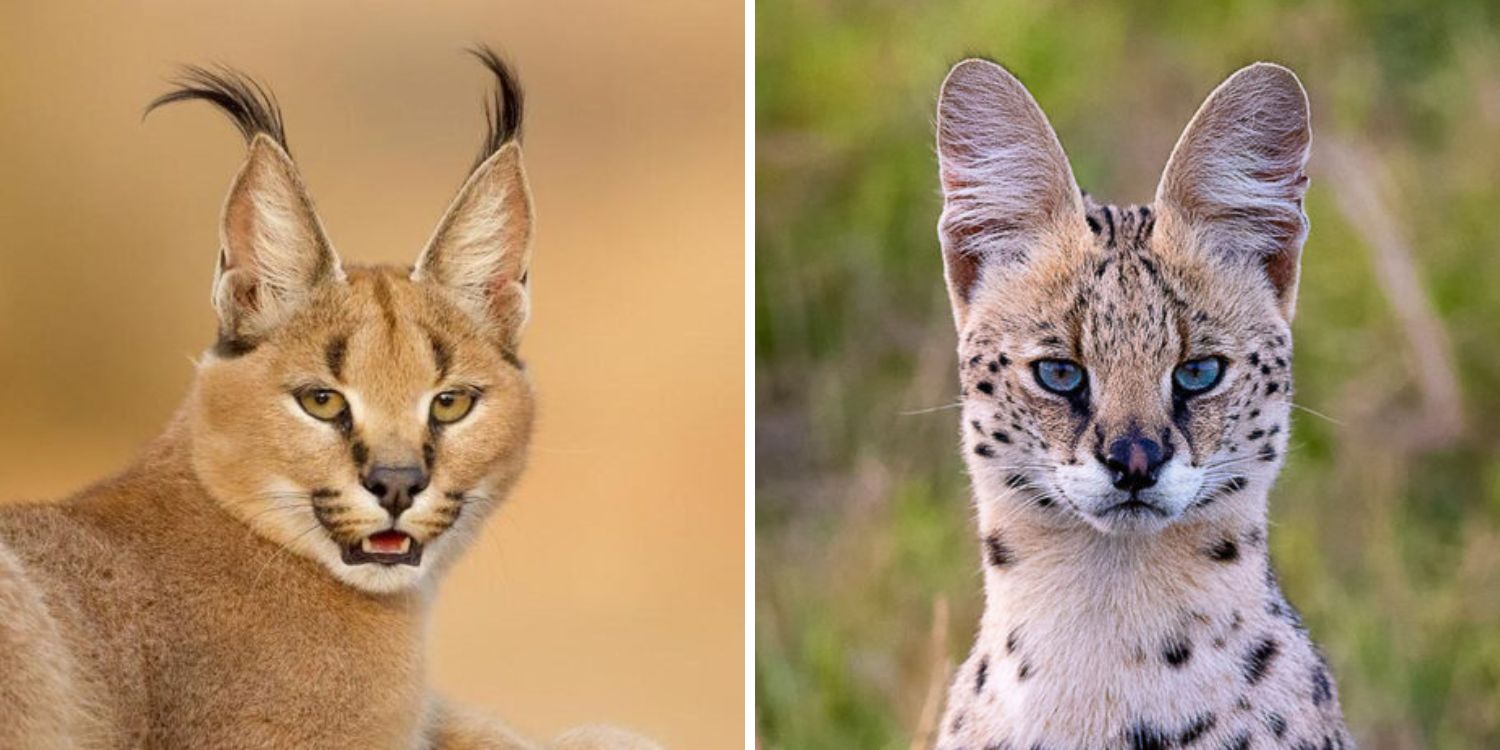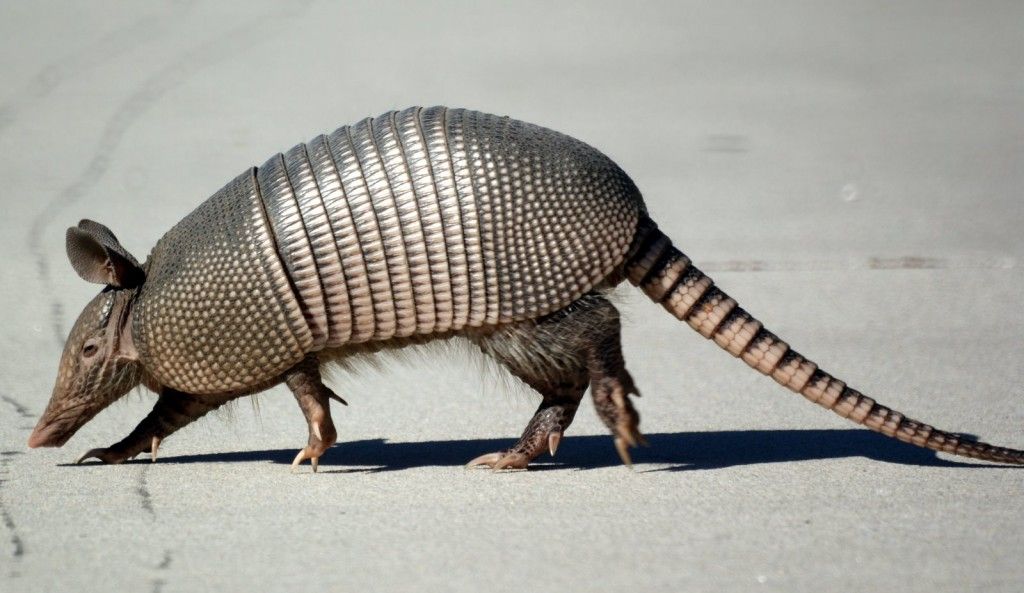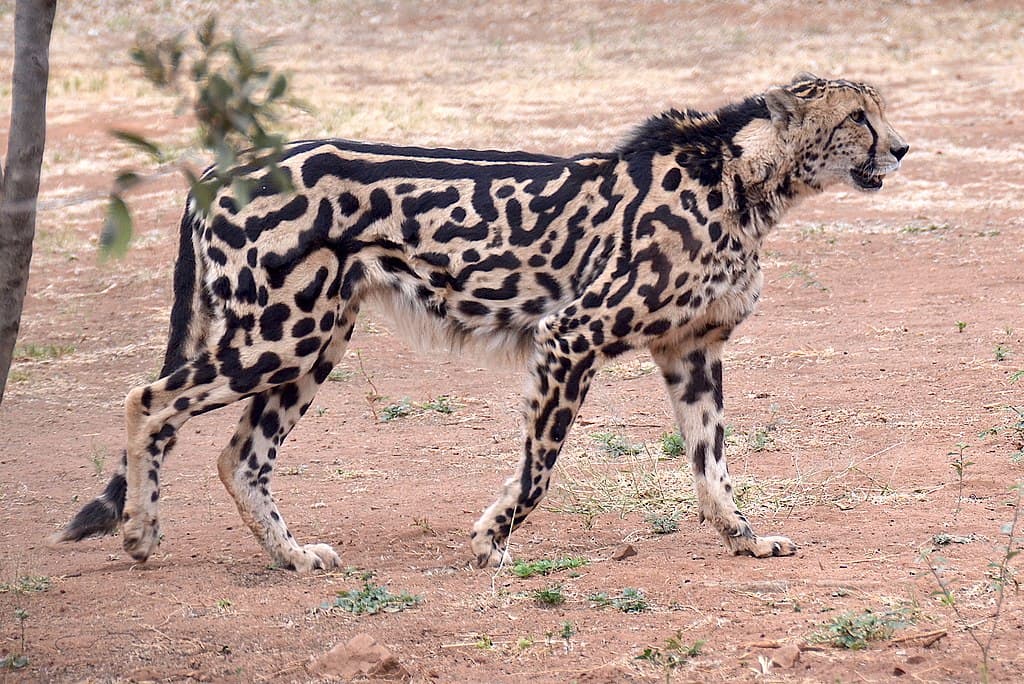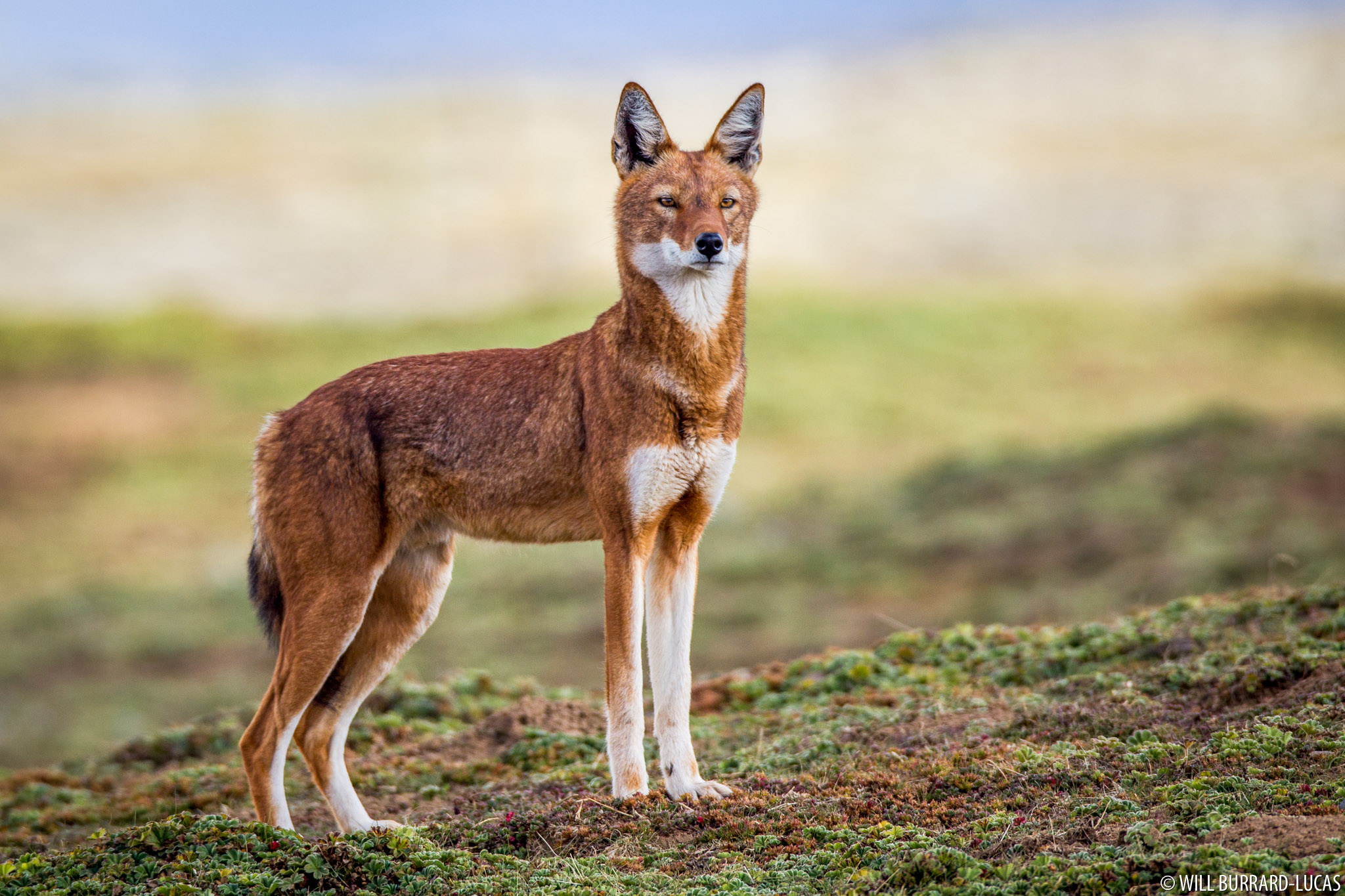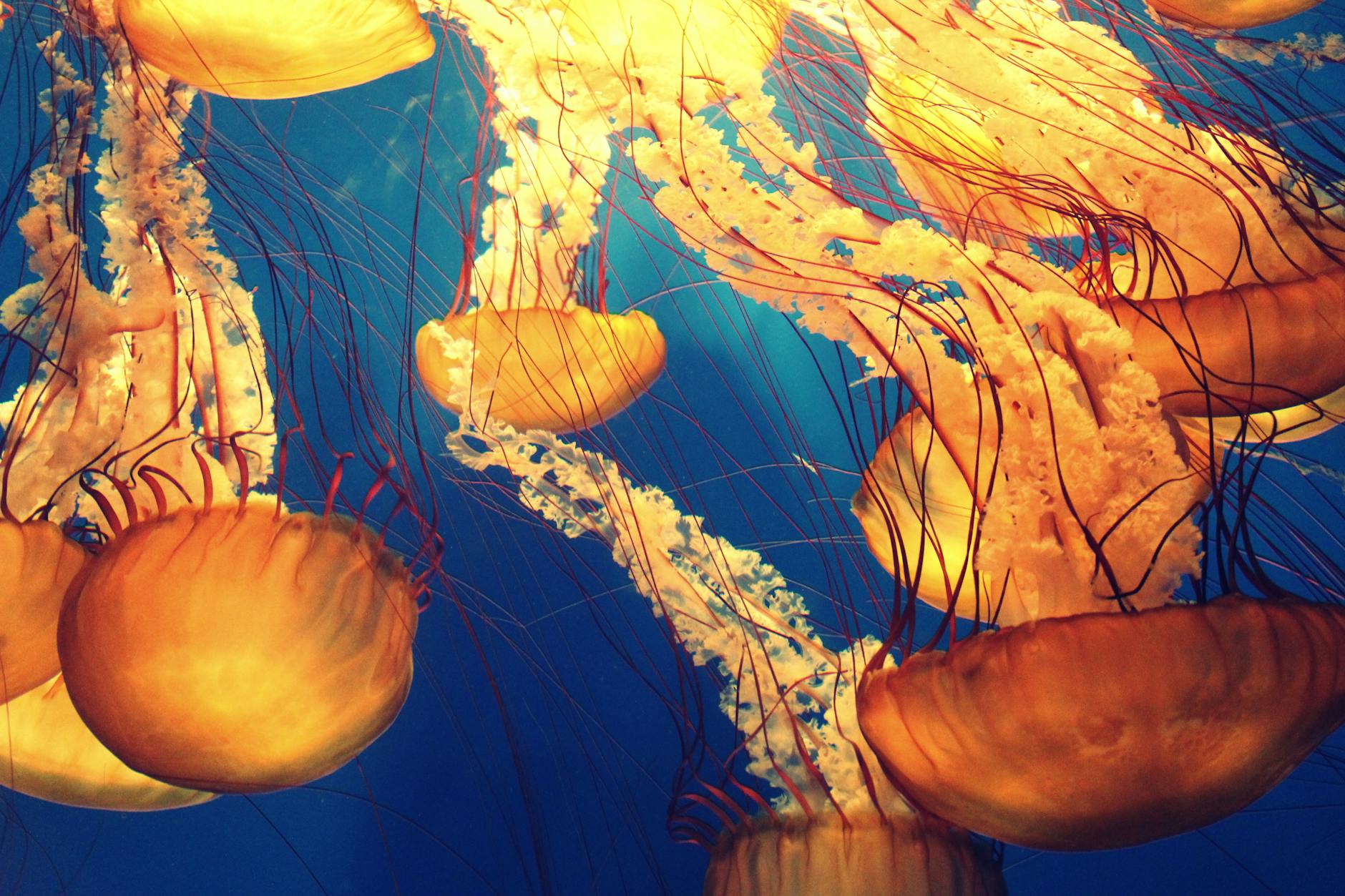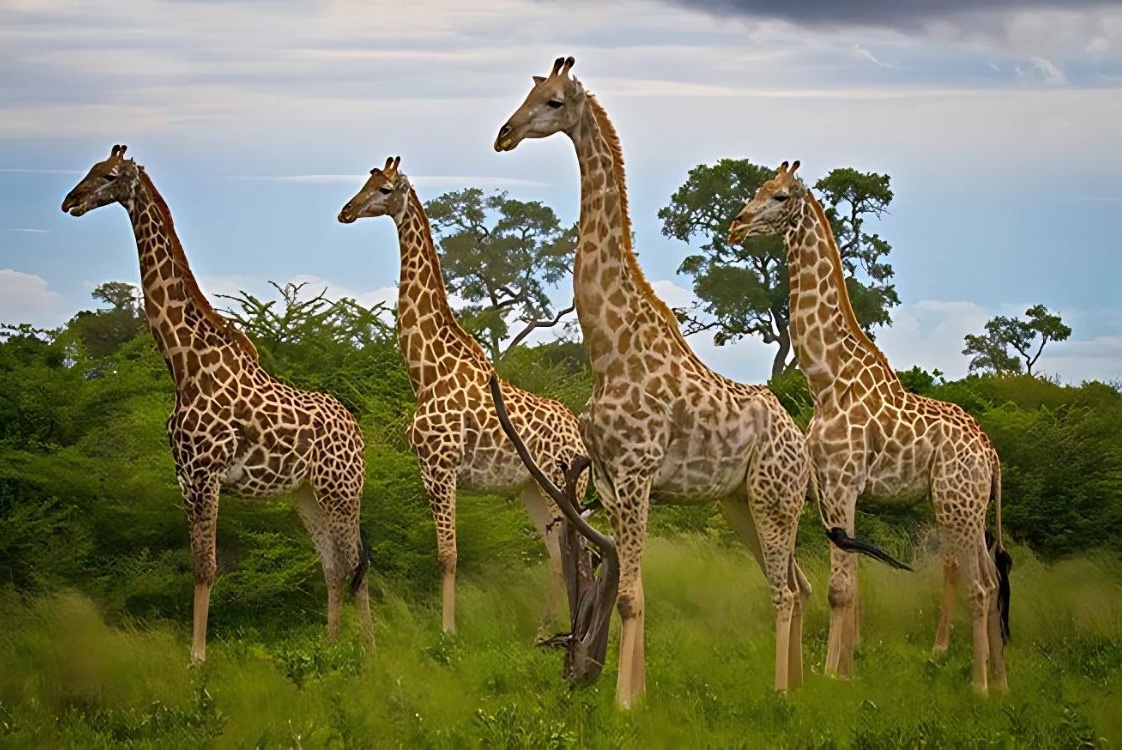
When you think of a giraffe, you probably imagine one tall, long-necked animal with spots, peacefully nibbling leaves from a tree. But did you know there isn’t just one type of giraffe? Thanks to modern genetic research, we now know there are four distinct species of giraffe roaming across Africa – each with its own unique look, range, and conservation status.
Let’s take a closer look at these incredible animals.
1. Masai Giraffe (Giraffa tippelskirchi)
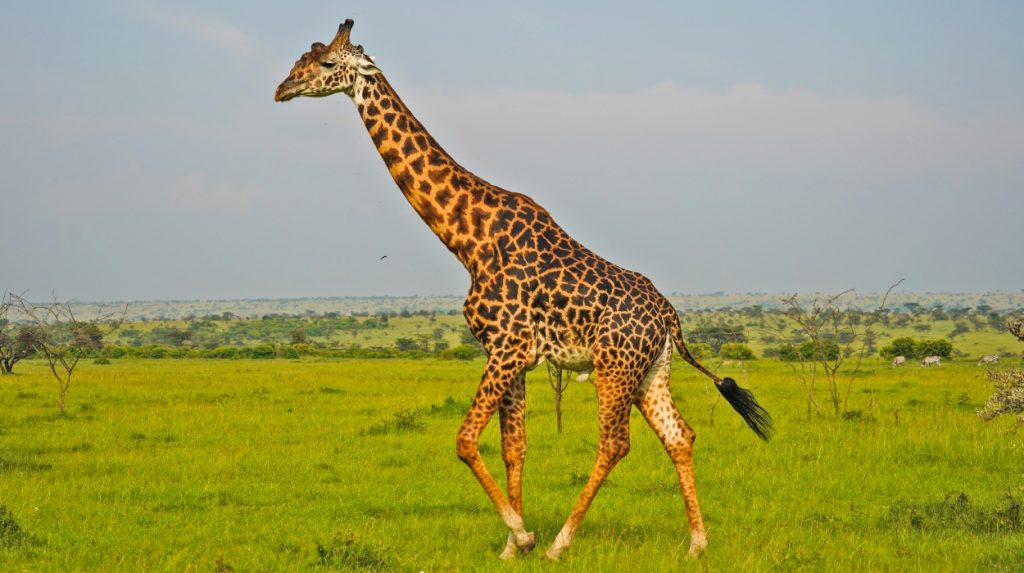
The Masai giraffe is the most common giraffe species and is found in central and southern Kenya and across much of Tanzania. It has dark, irregular, vine-like patches that seem to form jagged, leafy shapes. Masai giraffes are especially tall, with males sometimes reaching up to 18 feet.
Where they live: Kenya and Tanzania
Spot style: Jagged, leaf-like patches
2. Northern Giraffe (Giraffa camelopardalis)
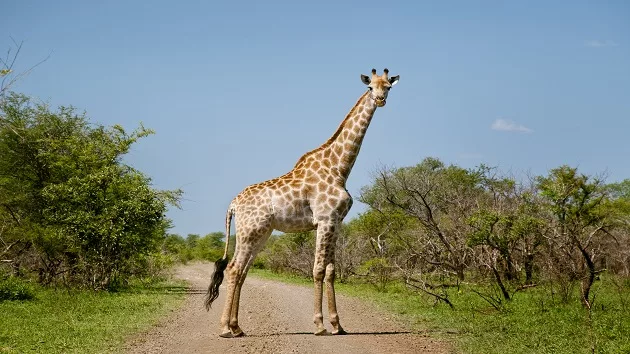
This species includes some of the rarest giraffes, such as the Nubian and Kordofan giraffes. They are found in isolated pockets of Central and North Africa. The northern giraffe has lighter coat patterns with more defined, angular spots and can be hard to spot in the wild due to their declining numbers.
Where they live: Chad, Sudan, Ethiopia, South Sudan
Spot style: Sharp-edged, lighter patches
Conservation status: Some subspecies are critically endangered
3. Southern Giraffe (Giraffa giraffa)
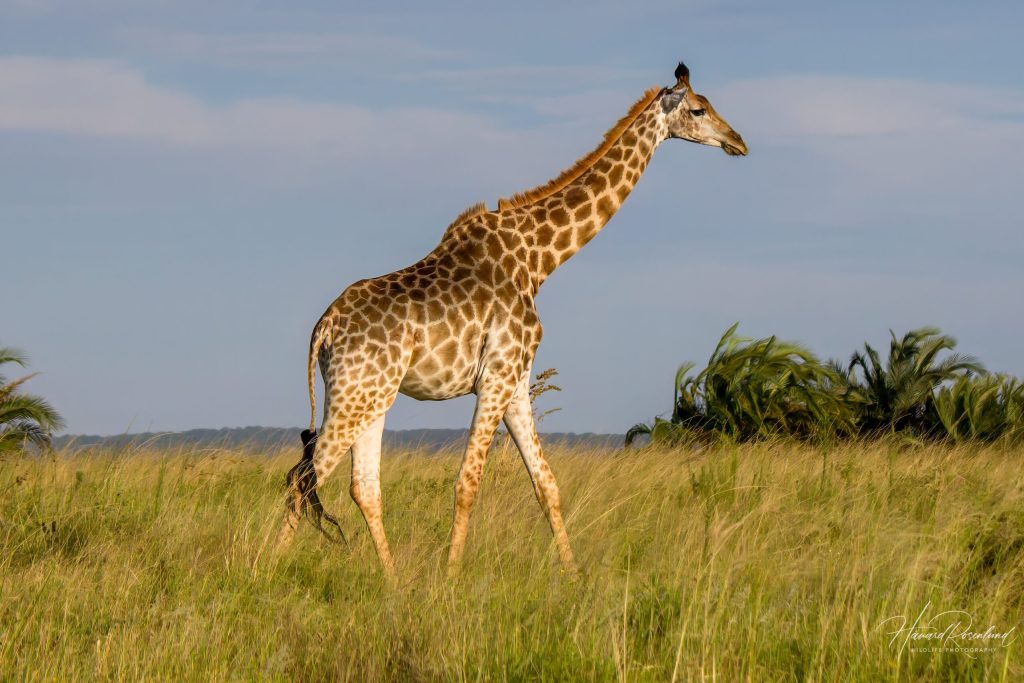
Southern giraffes include two subspecies: the South African giraffe and the Angolan giraffe. These giraffes are more commonly seen in the savannas of southern Africa and are known for their star-shaped or rounder patches with light, tan lines between them.
Where they live: South Africa, Namibia, Botswana, Zimbabwe
Spot style: Star-shaped or rounded patches
Conservation status: Relatively stable, though still threatened
4. Reticulated Giraffe (Giraffa reticulata)
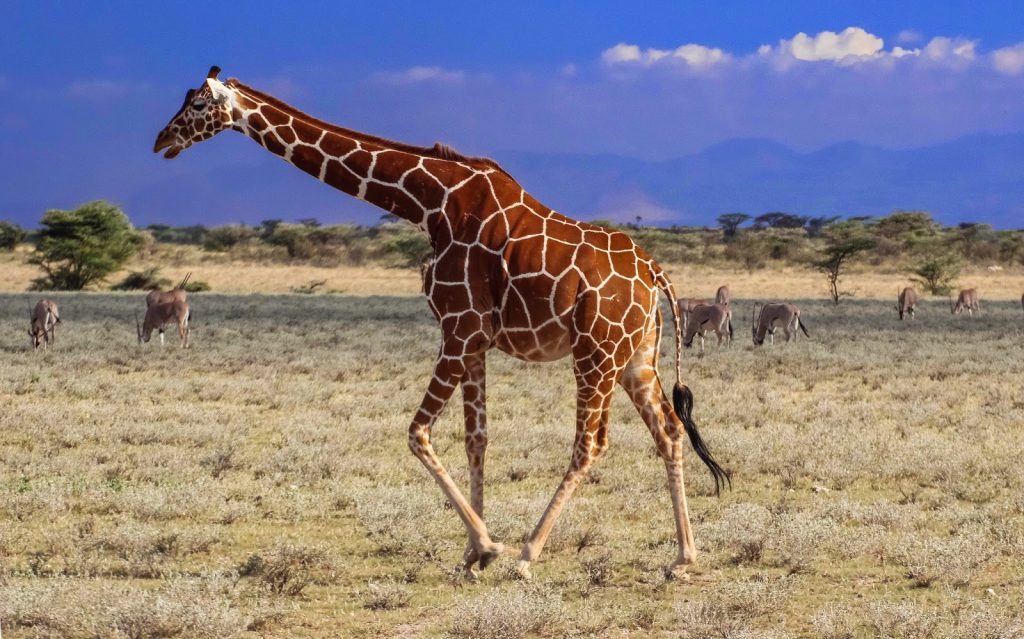
Perhaps the most visually striking of all, the reticulated giraffe has a beautiful, net-like pattern – hence the name. Its deep brown patches are surrounded by clean, white lines. These giraffes live in dry northern regions and are often seen in zoos due to their distinctive look.
Where they live: Kenya, southern Ethiopia, Somalia
Spot style: Net-like pattern with crisp white lines
Conservation status: Vulnerable
Wait, Weren’t Giraffes Just One Species?
That used to be the assumption. For many years, scientists considered giraffes to be one species (Giraffa camelopardalis) with several subspecies. But a groundbreaking DNA study in 2016 found that giraffes are genetically diverse enough to be split into four separate species – as different from one another as polar bears are from brown bears.
This discovery has major implications for giraffe conservation. Some species, like the Nubian giraffe, are critically endangered and need urgent protection, while others are more stable.
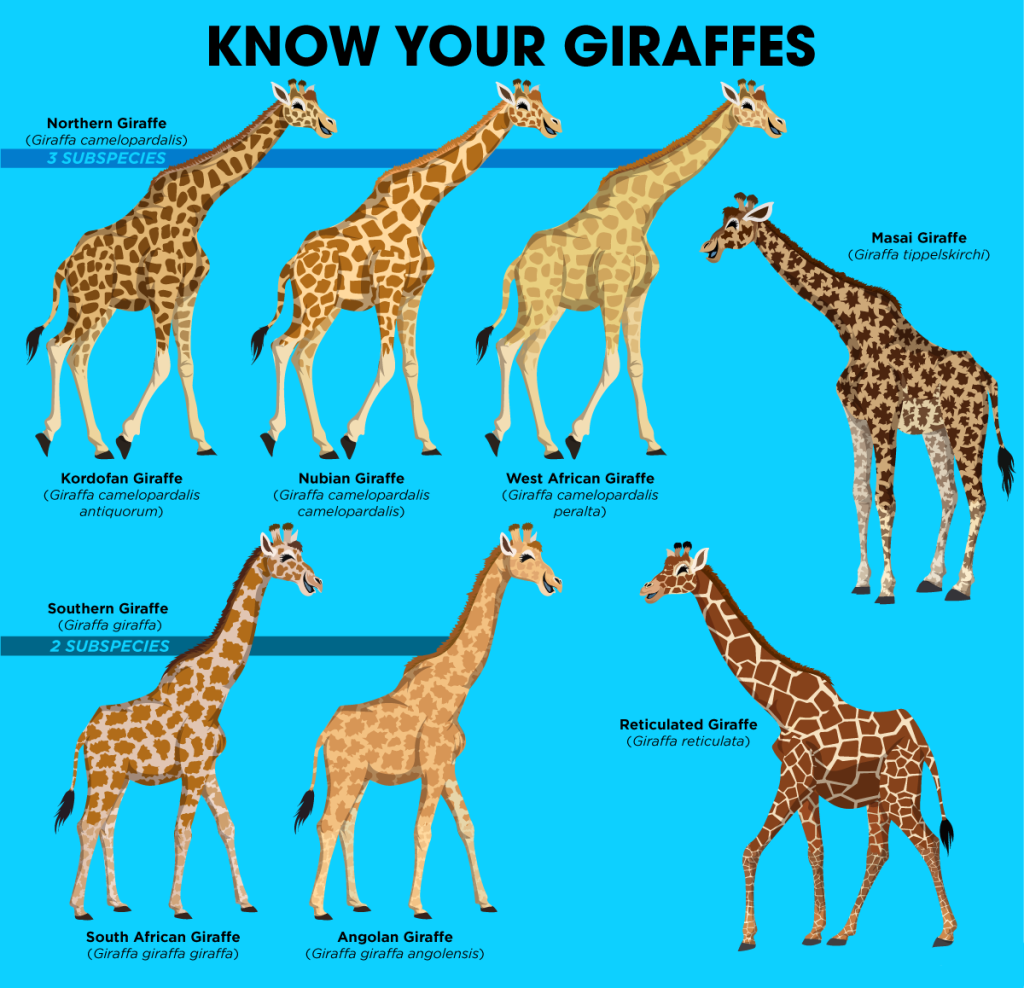
Why This Matters
Knowing that giraffes come in four distinct species isn’t just a fun fact: it’s important for conservation. If we want to save these gentle giants, we need to protect them based on their specific needs and habitats.
So next time you see a giraffe – whether in the wild, on safari, or at your local zoo – take a closer look. You might just be looking at a Masai, Reticulated, Southern, or Northern giraffe, each with its own story to tell.
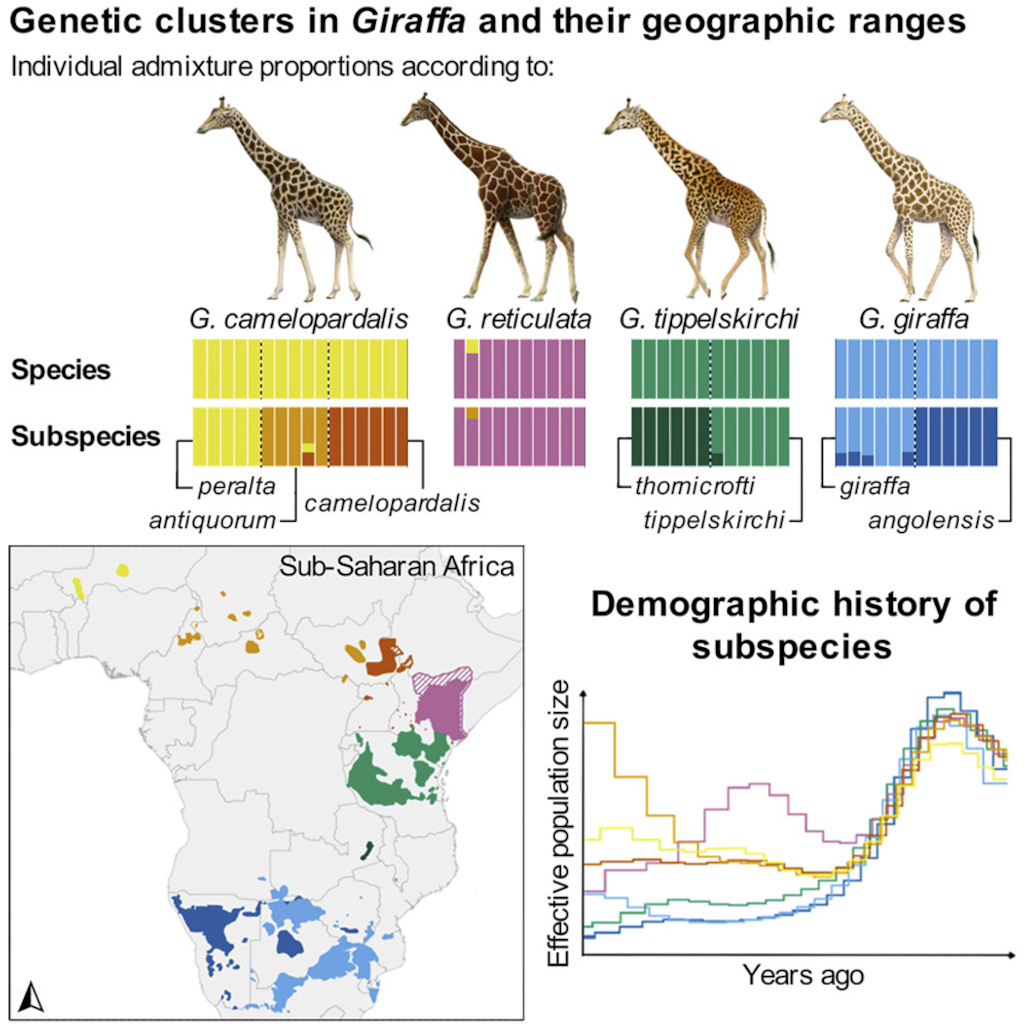
Disclaimer: This blog post is for edutainment purposes only and may not be entirely accurate.

